Supreme Leader Ayatollah Khamenei has insisted that Iran’s airline industry is in good health, robust and self-sufficient enough to produce its own aircraft — a bold claim with little basis in fact, as IranWire research based on industry reports and other expert analysis reveals.
Speaking to a group of Air Force commanders, pilots and staff on February 8, Khamenei announced: “Our Air Force, which did not have the right to repair a single part of a fighter plane or an aircraft during the Pahlavi regime, is now producing the entire aircraft today.”
He insisted that Iranian experts and manufacturers had “repaired a large number of fighter planes and passenger planes, and overhauled and built a number of them.” And he emphasized that the key reason the Islamic Republic was able to achieve this was anchored in the resilience and strong will of the country: “When did this become possible for our Air Force?” he asked. “When we stopped relying on foreigners. They threatened us, said they would not sell to us, and said they would not let us [advance]. Military equipment belonging to us is still in the warehouses of US military corporations. That is, they have not yet been given to us. We do not know what they have done with them. Ironically, we were even asked for warehousing charges a few years ago. Equipment they had been paid for, they refused to give to us. However, what is the outcome? The outcome is that our Air Force, which did not have the right to repair a single part of a fighter plane or an aircraft during the Pahlavi regime, is now producing the entire aircraft today. That is, our Air Force transformed threats into opportunities, turned danger into profit. This is the virtue of a society of believers.”
So is Iran actually capable of producing an entire aircraft, as Khamenei claimed? What aircraft are produced in Iran? IranWire looks at available data, industry reports and expert views to analyze the Supreme Leader’s confident assertions.
Iran’s Aircraft Industry
Iran’s aircraft industry dates back to before the 1979 Islamic Revolution. Of the four major companies in the aviation industry, three were founded under the Shah: Iran Aircraft Industries (SAHA) in 1966, Iran Helicopter Support and Renewal Company (PANHA) in 1969, and Iran Aircraft Manufacturing Industries Corporation (HESA) in 1974. The only company in the Iranian aviation industry that started its work after the revolution is the Quds Aviation Industry Company, which was founded in 1985.
Do these companies have the capability to manufacture airplanes, and what planes do they make?
1. Passenger Planes
When discussing the aviation industry, the first thing that naturally comes to mind is passenger planes, which for years has been associated with two names: Boeing and Airbus. Aircraft made in Canada, Russia, China, Japan and Brazil also have a hand in this industry, but it is these two that dominate the global market.
As the country’s aviation industry got underway in 1966, Iran tried to build the necessary infrastructure to expand its air fleet. Under the management of Lt. General Ali Mohammad Khademi, Iran Air, Iran’s flag carrier, grew so fast that in the 1970s it became known as the fastest growing commercial airline in the world. With 37 Boeing 747 in its fleet, it was one of the safest and most profitable airlines in the world. It became a link between eastern and western airlines because of its non-stop flights between Tehran and New York and Tehran and Beijing.
However, this growth did not continue. In fact, not only did the growth of Iran Air and the airline industry not continue after the 1979 revolution, but it declined as rapidly as it had grown.
On December 8, 2019, the website Eghtesad Online published a lengthy interview with Alireza Manzari, the former vice president of the Iran Civil Aviation Organization [Persian link]. The interview summarized many important and significant facts about Iran’s aviation industry, including:
— For a substantial period, Iran was the only country in the Middle East with Boeing 747 aircraft.
— The infrastructure of Iran’s aviation industry was built to take advantage of Boeing jetliners.
— Airbus planes were exported into Iran two years before the revolution.
— As a result of sanctions in the late 1990s, Iran prepared to do deals to acquire Russian-made Tupolev planes.
— In the late 1990s, Iran signed a contract with the Ukrainian company Antonov to manufacture passenger planes. The model they chose was Antonov-140, which was later renamed Iran-140. Of the nine Iran-140 planes that were built, three were involved in crashes, two were absorbed into the military and the rest were stored to be cannibalized for spare parts. The project was completely shut down.
— At that point, Iran began a project to build planes capable of carrying 150 passengers. The preparation and research got underway at Tehran’s Amir Kabir University of Technology, but this project was also terminated.
— Following this, Iran put the construction of a 70-passenger plane on its agenda; the studies and preparation for this project are still ongoing.
— Iran planned to make aircraft parts but failed to advance because such a venture required permits from countries that manufacture the planes.
— Iran has yet to succeed in obtaining an international permit to repair passenger planes.
— In terms of building infrastructures for manufacturing planes and plane parts and for carrying out repairs, Iran has advanced between 40 and 50 percent.
— Iran is capable of manufacturing airplane seats, airplane tires, commonly used small electronic pieces and miscellaneous items used inside airplanes but has yet to succeed in manufacturing the parts that need foreign permits.
On 2, July 2017, Javad Karimi Ghoddousi, a member of the Iranian parliament’s National Security Committee, told a public session of the parliament that he had visited the Iran Aircraft Manufacturing Industries Corporation and had found out that “this company, with 4,000 specialists, has been shut down for now.” This announcement clearly illustrates that all of Iran’s plans and projects to build passenger planes have failed.
2. Military Aircraft
Under the Shah, at the same time that Iran Aircraft Industries (SAHA) and Iran Helicopter Support and Renewal Company (PANHA) were founded, equipping the air force with modern fighter planes was also put on the agenda in order to increase Iran’s military might and consolidate its position in the region and the world. With about 350 fighters, Iran topped any other country in the region.
But the 1979 revolution dimmed the prospects of extending — or even maintaining — this airpower. As time went by, not only were no new fighters being added to the armada of the Islamic Republic Air Force, but the eight-year war with Iraq in the 1980s wore out the fighter planes and diminished Iranian airpower, so much so that in 1987 and 1988 Iran came up with the idea of building fighter planes domestically.
In September 2019, the foreign policy website the National Interest published a report examining Iran’s fighter planes and the manufacture of them inside the country. According to this report, “most of Iran’s fighters are old and outdated. The ones that aren’t old are just new copies of old designs. The air force’s squadrons fly American-made F-14s, F-5s and F-4s dating from the 1970s, some 1980s-vintage MiG-29s and Sukhoi fighter-bombers and a few J-7s that the Islamic Republic bought from China during the 1990s.”
In 2004, says the report, Iran succeeded in building nine Saeqeh fighters, a copy of the American F-5 combat planes and, in 2018, Iran’s industry produced Kowsar, another F-5 copy: “Iranian state media claimed the Kowsar is 100 percent locally-made, but as with the Saeqeh, it’s possible that Iran is basing the ‘new’ fighter on old, stored F-5 airframes rather than building airframes from scratch.” It continued: “a copy of an F-5 still performs just like an F-5 does and probably could not match the more modern warplanes that Iran’s rivals operate.”
In total, according to the website Military Factory, Iran has unveiled 10 types of fighters, helicopters and drones:
1. Azarakhsh (“Lightning”), a strike fighter aircraft, 1997
2. Dorna (“Lark”), a light, two-seat advanced jet trainer aircraft, 2006
3. Ababil-3, intelligence, surveillance and reconnaissance drone, 2008
4. Shahed-129 (“Witness”), medium-altitude, long-endurance reconnaissance, light attack drone, 2012
5. Shahed-285 (“Witness”), light attack, reconnaissance helicopter, 2014
6. Saeqeh (“Thunderbolt”), lightweight, multirole fighter aircraft, 2014
7. Shafaq (“Before the Dawn”), advanced trainer, light attack aircraft, 2015
8. Qasef-1, expendable “loitering munition” drone, 2016, 2016
9. F-313 Qaher (“Conqueror”), 5th-generation lightweight stealth fighter prototype, 2016
10. Kowsar, lightweight, twin-seat, twin-engine, multirole fighter, 2019

The Military Factory report argues that the common feature of Iran’s military aircraft products is that they copy and reverse-engineer US models, including F5. For instance, the development of the Kowsar fighter started in 2019 but “is rooted in a 1950s Cold War-era design philosophy that, though proven over years of service, has seen its best days behind it — particularly in a world where the 5th Generation Fighter is picking up steam.”
Iran rejects this claim. A report published by Tasnim News Agency, affiliated with the Revolutionary Guards, says Kowsar “is a totally Iranian and native aircraft...It is manufactured purely by domestic experts and by exploiting native science and technologies, especially in the area of engine and electronic systems. Its production does not rely on any other country.”
All Iranian fighters and helicopters are built by Iran Aircraft Manufacturing Industries Corporation (HESA).
Unmanned Aerial Vehicles (UAVs) or Drones
Remote-controlled unmanned aerial vehicles, or drones as they are usually called, have only been used for a short period of time, and their production only began in 2001. The United States is the biggest manufacturer of drones, followed by Israel and China. According to a report by the think tank New America, Iran and Russia joined this industry in 2010 and have made considerable advances in a short time. Iran has invested heavily in the industry and has had some success, but it has not been able to transform the product into a source of foreign currency because, according New America, Iran has only been able to find one customer for its drones in the world — Venezuela. Syria, Sudan, the Lebanese Hezbollah and Hamas are also Iran’s drone customers, although it is very unlikely that they pay Iran anything since it is Iran that financially supports these countries and paramilitary groups.

Summary:
IranWire’s research into the Iran’s aviation industry has reached the following conclusions:
1. Iran Aircraft Industries (SAHA), Iran Helicopter Support and Renewal Company (PANHA) and Iran Aircraft Manufacturing Industries Corporation (HESA), the three biggest Iranian companies in the aircraft industry, were founded before the Islamic Revolution and under the Shah from 1966 to 1978 — not under the Islamic Republic.
2. As of now, Iran has had no success in building passenger planes. The Iran-140 plane was the only passenger aircraft that was manufactured in Iran, in cooperation with the Ukrainian company Antonov. But only nine of these planes were made, of which three crashed. The production line was shut down.
3. As of now, Iran has made 10 types of fighter planes, helicopters and drones, which international analysts believe are reverse-engineered from American originals. According to National Interest, Kowsar is not only not an advanced or modern jet fighter, but it is a copy of the American F-5 designed originally in the 1950s.
4. Iran has made considerable progress in producing drones and is considered a major drone manufacturer, but Iran does not feature strongly on the international market and does not command any meaningful share of this global market. Venezuela, Syria, Sudan, the Lebanese Hezbollah and the Palestinian Hamas are the only countries and organizations that use Iranian drones.
Collating this information from industry-related publications and some of Iran’s own experts, IranWire cannot confirm Ayatollah Khamenei’s claim that Iran “is now producing the entire aircraft today.” This claim, along with others about the economy, appears to be untrue, and could be an attempt on the Supreme Leader’s behalf to distract the Iranian public and those whose livelihoods rely on the industry, if not to outright lie to them.
You can find out more about our fact-checking methodology here.
Related Coverage:
Fact Check: Have Sanctions Shifted Iran to a Knowledge-Based Economy?
Does Fasting Boost Your Immune System?
Army Commander Lies About Iran's Speed Boats
How Big of a Lie is the Guards' Coronavirus Detector?
visit the accountability section
In this section of Iran Wire, you can contact the officials and launch your campaign for various problems










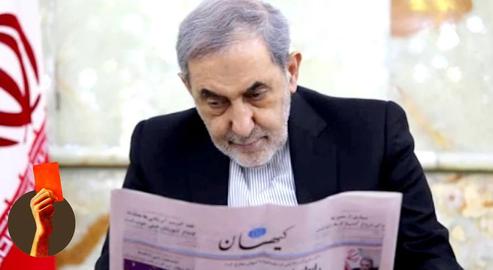

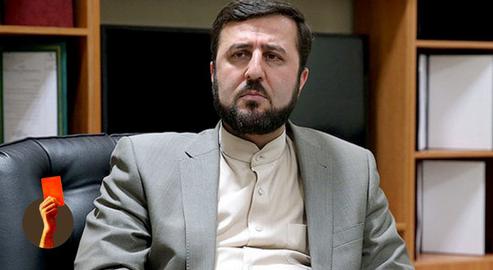

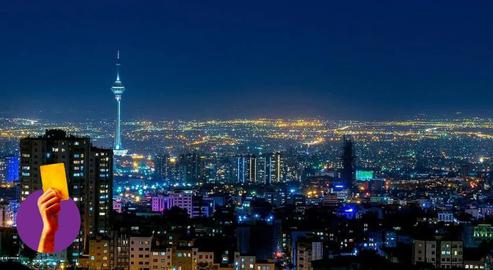
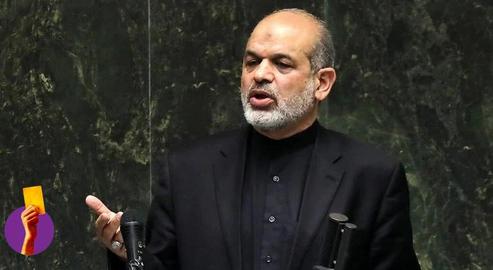
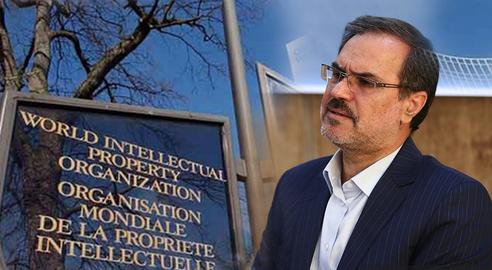

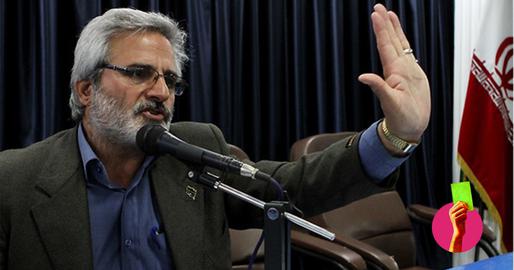
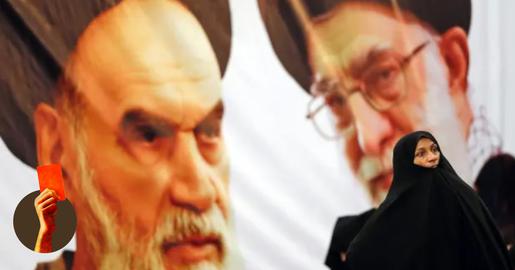
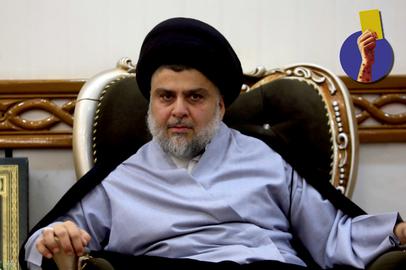
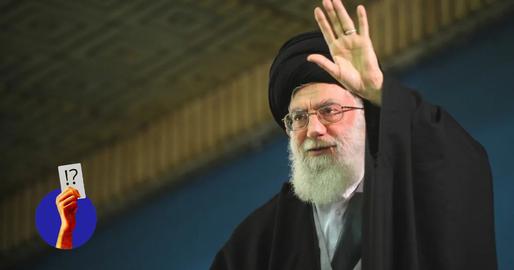

comments